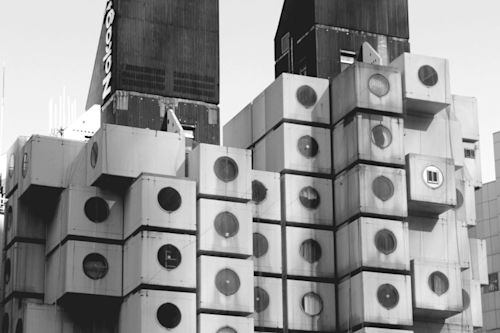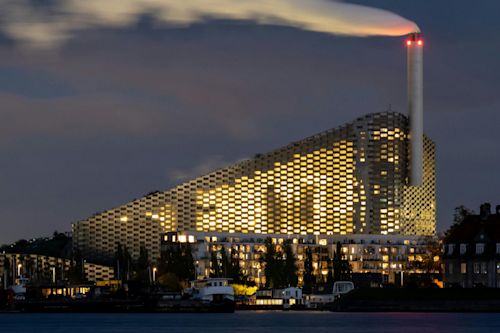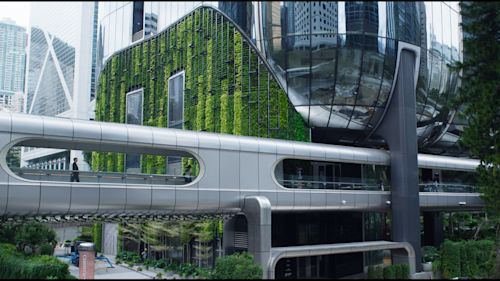Will Gaudí’s Sagrada Familia Finally Be Completed in 2026?
Barcelona’s iconic Sagrada Familia is nearing its 144th year of construction. The global community awaits its completion in 2026, coinciding with the centennial of architect Antoni Gaudí’s death.
Sagrada Familia has endured myriad challenges as complex and intricate as its soaring spires and detailed façades. Gaudí knew his ambitious plans would mean the project’s timeline would surpass his time on Earth. After his death, there were plenty of challenges that could have relegated his vision to the pile of famed abandoned construction projects in history.
But despite all the difficulties, the century-long project remains on track. The achievements of recent years highlight the basilica’s cultural importance to Barcelona and the world.
Historical Context and Construction Delays

Sagrada Familia’s construction began in 1882 under Francisco de Paula del Villar, an architecture schular born in the small Mediterranean town of Murcia. But Antonio Gaudí, a visionary architect from Catalonia, took over in 1883 and transformed the project with his unique style.
By his death in 1926, only about one-third of the construction was complete, but he did manage to complete the crypt in 1889, allowing masses to be held, and the Saint Barnabas Bell Tower on the Nativity Façade.
The Spanish Civil War (1936-1939) brought significant disruptions to the project, including the destruction of Gaudí’s plans and models. While some of his plans could be restored from published blueprints and photographs to allow Francesc de Paula Quintana, who managed the project after Gaudi’s death, progress was slow post-war due to financial constraints and diminished government interest.
The project gained renewed attention upon becoming a UNESCO World Heritage site, but project setbacks due to the COVID-19 pandemic led to further delays.
Gaudí’s Vision and Design Innovations

Gaudí builds upon the original Gothic design of del Villar, combining design elements from Art Nouveau and modernism. Characteristics of Art Nouveau architecture include the following elements: organic, curvy, floral, and natural, elaborate ornamentation, and stylized and symbolic features.
Gaudí used innovative architectural technology like conoids and hyperboloid arches to create complex, self-supporting structures while eliminating the need for traditional flying buttresses. His architectural vision for the Sagrada Familia incorporates his passion for nature and religion. He used innovative techniques and incorporated recycled materials, including waste ceramic pieces, highlighting his early dedication to sustainability and innovation.
Modern technologies and tools are now integral to the construction process, helping ensure precise control over part assembly and allowing people to see Gaudí’s ahead-of-his-time vision come to fruition. These technologies, including the use of drones, help preserve his vision and ensure that the basilica will stand as a testament to his enduring architectural influence.
Current State of Construction

Visitors can access parts of the basilica, offering a unique glimpse into the ongoing construction process. They can also see considerable progress over the last few years.
Currently, the primary focus is on the Tower of Jesus Christ, expected to be completed in 2026, the Chapel of the Assumption, and the Glory façade, which culminates in an elaborate entrance with a grand staircase.
Recent developments include the completion of the Passion façade in 2018, and, more recently, the Virgin Mary spire and the Evangelists’ towers, completed in November 2023. Older sections are also undergoing cleaning and restoration to preserve Gaudí’s design integrity.
Challenges and Controversies

Challenges throughout the project reflect the complex interplay between preserving Gaudí’s legacy and addressing modern-day urban development implications. The most notable challenge today revolves around the planned Glory Façade stairway, which could impact 3,000 local residents. Critics argue that the stairway was not part of Gaudí’s original design. A proposed alternate entrance plan that preserves more homes is currently under consideration.
The destruction of Gaudí’s plans during the Spanish Civil War complicates matters, and it makes verifying the authenticity of current proposals challenging. Financial difficulties, especially during the COVID-19 pandemic, have also impeded progress at times, as the project’s revenues derive from ticket sales and private donations.
Further controversies surround the installation of a 12-pointed crystal star atop the Virgin Mary spire, criticized for its aesthetic clash with the basilica. The Sagrada Familia has also faced issues around a contemporary construction permit and non-payment of taxes.
Future Prospects and Timeline

Major structures may be completed by 2026, but the project may extend further due to extra work on statues and architectural elements.
Completion targets and architectural milestones include finalizing the Chapel of the Assumption in 2025. The iconic tower of Jesus Christ, timed for completion in 2026, will give the basilica a record height of 172 meters, making it the world’s tallest church. While all other architectural elements are expected to be completed by 2026, the intricate design of the Glory façade is set for completion by 2034.
Cultural and Touristic Significance

Sagrada Familia is lauded for its unique architectural features. The interior is notably symbolic, with columns representing different rock types and an altar set against a backdrop of stained glass, creating an immersive experience of shifting light and color throughout the day. It also can hold approximately 13,000 people. Since its consecration as a basilica in 2010 by Pope Benedict XVI, it has welcomed worshippers, pilgrims, and tourists, becoming a vibrant hub for gatherings.
Sagrada Familia transcends architecture, serving as a pivotal cultural and tourist beacon in Barcelona, impacting the local and national economy. In 2023 alone, it attracted over 4.7 million visitors, generating revenue exceeding $137 million.
However, the influx of visitors presents challenges, particularly in planning and community impact. Visiting hours are adjusted seasonally to manage these issues and preserve this historic site.
Community Engagement and Stakeholder Involvement

Sagrada Familia stands out for its engagement with the community and stakeholders, including actively participating in cultural events, such as the illumination of the star atop the basilica, commemorating the Immaculate Conception.
Among its notable projects is the “We’re all towers of the same humanity” sculpture. This collective effort involved 2,400 participants from diverse backgrounds, symbolizing unity and collective human endeavor.
Sagrada Familia also partners with local associations that support elderly communities, create art installations that beautify the neighborhood, and promote inclusivity through accessible visits for diverse groups, focusing on themes like hope. For example, it hosts inclusive events like the International Day of Deafblindness, featuring tactile tours, ensuring an accessible experience for the deafblind community. This is an example of how architects can help create accessible spaces for the visually impaired.
Onto the Next One Hundred Years

As the Sagrada Familia project draws to a close in the next years, what lessons does it teach for the rest of the century?
To answer that question, it is worth taking a moment to appreciate the events that have shaped our world—from the awe-inspiring moon landing and the rapid evolution from the industrial age to the digital era, to even in tragedies like the Holocaust, 9/11, and two World Wars.
Amid these events in the last century, humanity’s collective history has been marked by innovation and resilience, and the human spirit has persevered. As people from all walks of life and across generations unite to fulfill Gaudí’s vision, Sagrada Familia sits as an inspiring testament to the power of creativity, perseverance, and the enduring strength of the community.



